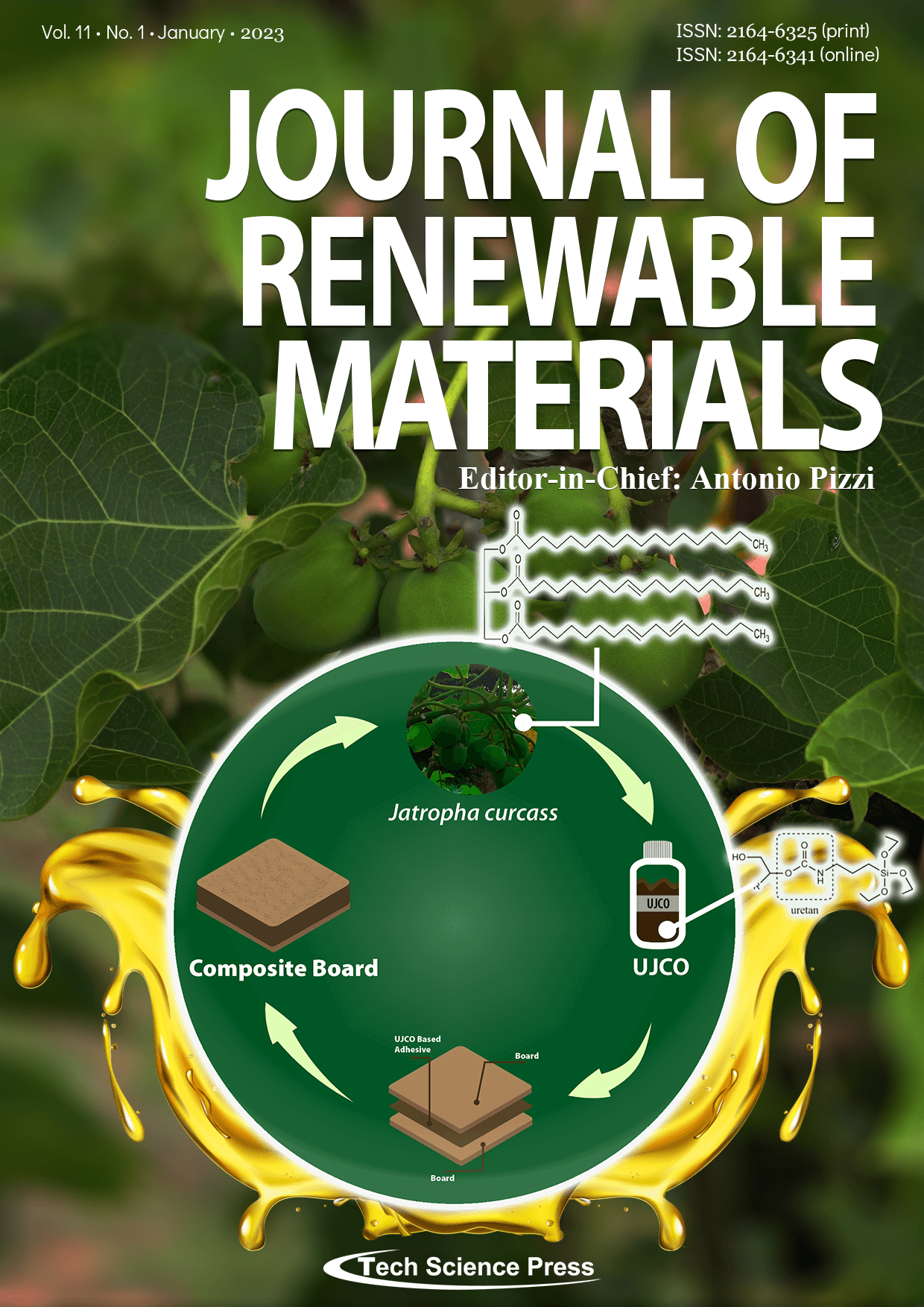Synthesis and Antioxidant Activity of (E) ω-Formylcamphene-Based Thiazole Hydrazone Derivatives
Jiayu Chang1, Qingying Ding1, Chong Zhong1, Yao Long2, Zhuanquan Xiao3, Hai Luo1, Yuling Yang1, Zongde Wang1, Shengliang Liao1, Jinzhu Chen2, Shangxing Chen1,*, Ji Zhang1,*
Journal of Renewable Materials, Vol.11, No.1, pp. 379-391, 2023, DOI:10.32604/jrm.2023.022535
- 10 August 2022
(This article belongs to the Special Issue: Renewable Biomass as a Platform for Preparing Green Chemistry)
Abstract (E) ω-formylcamphene was synthesized from α-pinene, the main component of turpentine, and then reacted with thiosemicarbazide to obtain (E) ω-formylcamphene thiosemicarbazide 3, which was reacted with 14 α-bromoacetophenone compounds to obtain 14 (E) ω-formylcamphene thiazole hydrazone compounds 5a–5n; the yields were all above 80%. The structures of the target compounds were characterized by IR, 1H-NMR, 13C-NMR, and HR-MS analyses. Then, 500, 250, 125, 62.5, and 31.25 mg/L drug solutions were prepared. Free radical scavenging experiments of 1, 1-diphenyl-2-picrylhydrazyl (DPPH) and 2, 2-bis (3-ethyl-benzothiazole-6-sulfonic acid) diammonium salt (ABTS) were carried out with Trolox and L-ascorbic acid as the control More >
